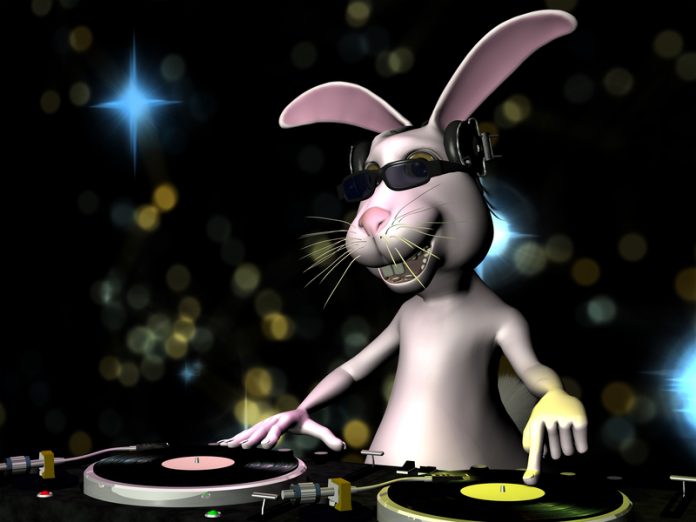The Easter Bunny is a symbol that originated with the pagan festival of Eastre. The goddess, Eastre, was worshipped by the Anglo-Saxons through the hare or rabbit.
The date Easter falls on every year is determined by the moon, whose symbolism is tied to that of the hare. In fact, the hare is symbolic of moon deities, reflecting rebirth and resurrection. Ever since the Council of Nicea in 325 A.D., Easter has been celebrated on the first Sunday following the first full moon after March 21st.
American folklore introduced the Easter bunny, through the German settlers who arrived in the Pennsylvania Dutch country during the 1700s. The Osterhase (or sometimes referred to as “Oschter Haws”) was considered one of childhood’s greatest gifts next to a visit from Christ-Kindel on Christmas Eve. The idea goes that receiving colored eggs from the hare was a sign that the children had been good. Nests were built by children in their caps and bonnets before the Easter holiday. The creation of Easter baskets became popular as the tradition of Easter evolved.














